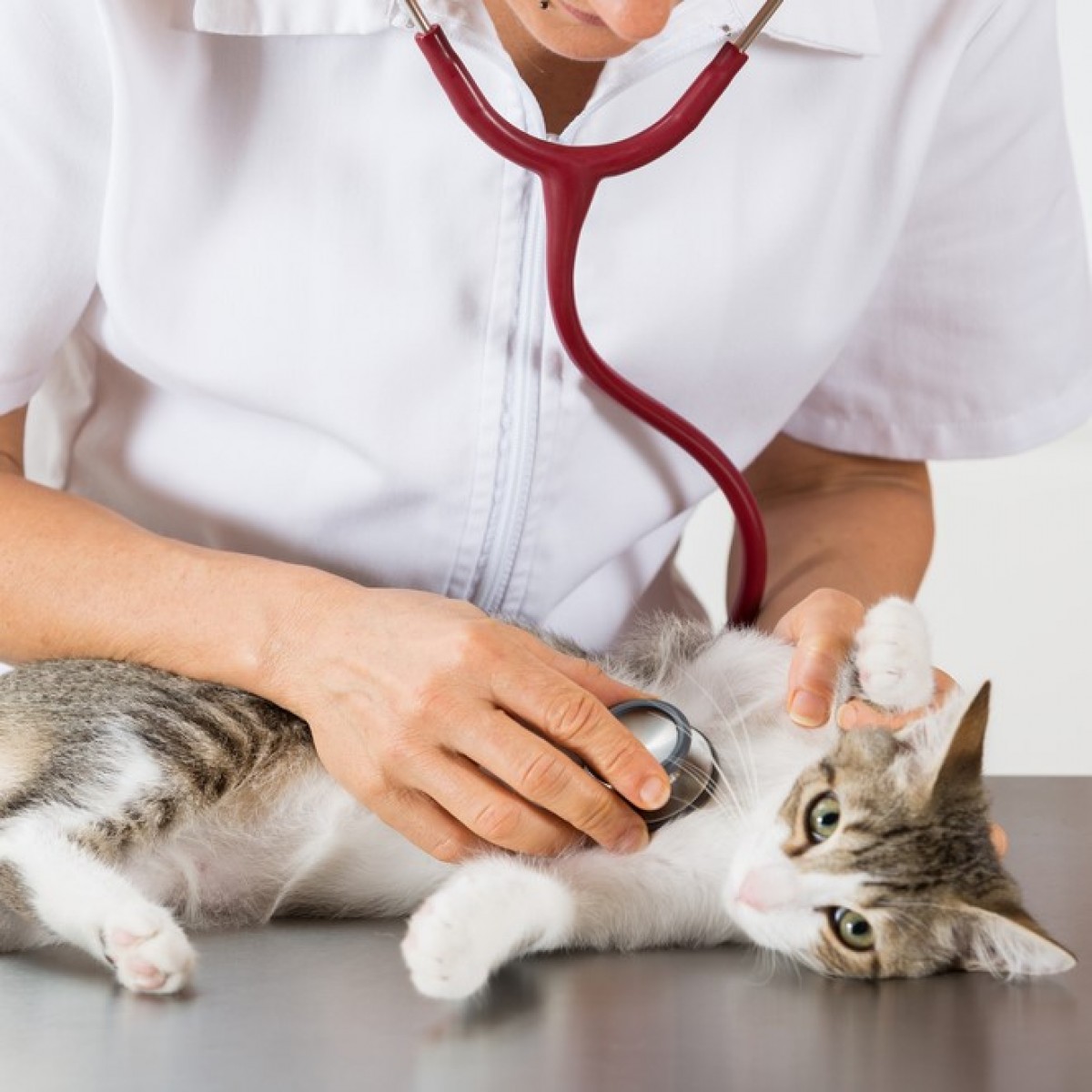Pet poultry training for veterinary practitioners
Keeping backyard poultry in urban areas is a burgeoning trend in the United States. As such, we believe urban pet poultry owners are increasingly likely to seek veterinary services from urban companion-animal practitioners. Traditionally, poultry species have been classified as production animals. Most small-animal practitioners have limited experience or knowledge of these species and hesitate to accept these animals at their practices. We developed a one-day course to train veterinarians in pet poultry (as opposed to commercial poultry) medicine. The course covers poultry examination, diseases, and treatments and provides an introduction to poultry breeds and behavior and the basics of nutrition and husbandry. We believe this type of continuing education program is important for veterinarians because they are often on the front line of human public health issues. In addition, courses of this type increase the number of veterinarians trained to spot serious avian diseases, including foreign diseases and diseases with zoonotic potential. Most important, veterinarians with this training develop the knowledge to contribute to the health and well-being of pet poultry along with their clients' other companion animals.
Background
The specter of pandemic flu continues to alarm disaster planners across the globe. Of great concern are those areas of the world in which poultry and humans share a close and intimate association. Although the practice of keeping urban poultry is generally considered to be a developing-world phenomenon, it is increasing in the United States. Furthermore, some cities in the states of California, Washington, Michigan, Minnesota, New York, and others now allow small flocks of chickens within city limits. Other cities, in these and other states, are passing similar legislation.
Non-commercial and pet poultry may not be routinely tested for economically important diseases unless the animals are transported or participate in shows and exhibitions. Non-commercial flock husbandry practices often permit frequent interaction of pet poultry with wild birds, and this contact may become a potential source of zoonotic infection via their subsequent interaction with humans. Because of their pet status, the close contact these urban chickens enjoy with humans cannot be overestimated. There are several Web sites and forums that even discuss how to house train a chicken, emphasizing the intimate association of these birds with humans.
Veterinarians are often on the front line of human public health issues. Pet poultry may be presented to local private practitioners for veterinary services, but because poultry species have traditionally been classified as a production animals, small-animal practitioners may have limited experience with or knowledge of these species. The goal of this course was to introduce practitioners to pet poultry by providing them with a tool kit of information on the basics of pet poultry medicine and to increase the number of veterinarians trained to spot serious avian diseases, including those diseases with zoonotic potential. In this article, we describe the program concept and results of the retrospective course evaluation.
Authors: Rocio Crespo, Cynthia Faux, Singh A. Dhillon, Ruth C. Newberry, Dale A. Moore
Source: https://utppublishing.com/













List
Add
Please enter a comment